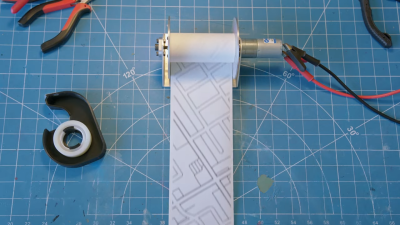What if your keychain could tell you the temperature, all while staying battery-free? That’s the essence of this innovative keychain ‘NFC_temp’ by [bjorn]. This nifty gadget harnesses energy from an NFC field—like the one created by your smartphone—to power itself just long enough to take a precise temperature reading. Using components like an ATTiny1626 microcontroller, a TMP117 thermometer, and an RF430CL330H NFC IC, NFC_temp cleverly stores harvested power in a capacitor to function autonomously.
The most impressive part? This palm-sized device (18×40 mm) uses a self-designed 13.56 MHz antenna to draw energy from NFC readers. The temperature is then displayed on the reader, with an impressive accuracy of ±0.1 °C. Creator [bjorn] even shared challenges, like switching from an analog sensor due to voltage instability, which ultimately led to his choice of the TMP117. Android phones work best with the tag, while iOS devices require a bit more angling for reliable detection.
Projects like NFC_temp underscore the creativity within open source. It’s a brilliant nod to the future of passive, wireless, energy-efficient designs. Since many of us will all be spending a lot of time around the Christmas tree this month, why not fit it in a bauble?


















